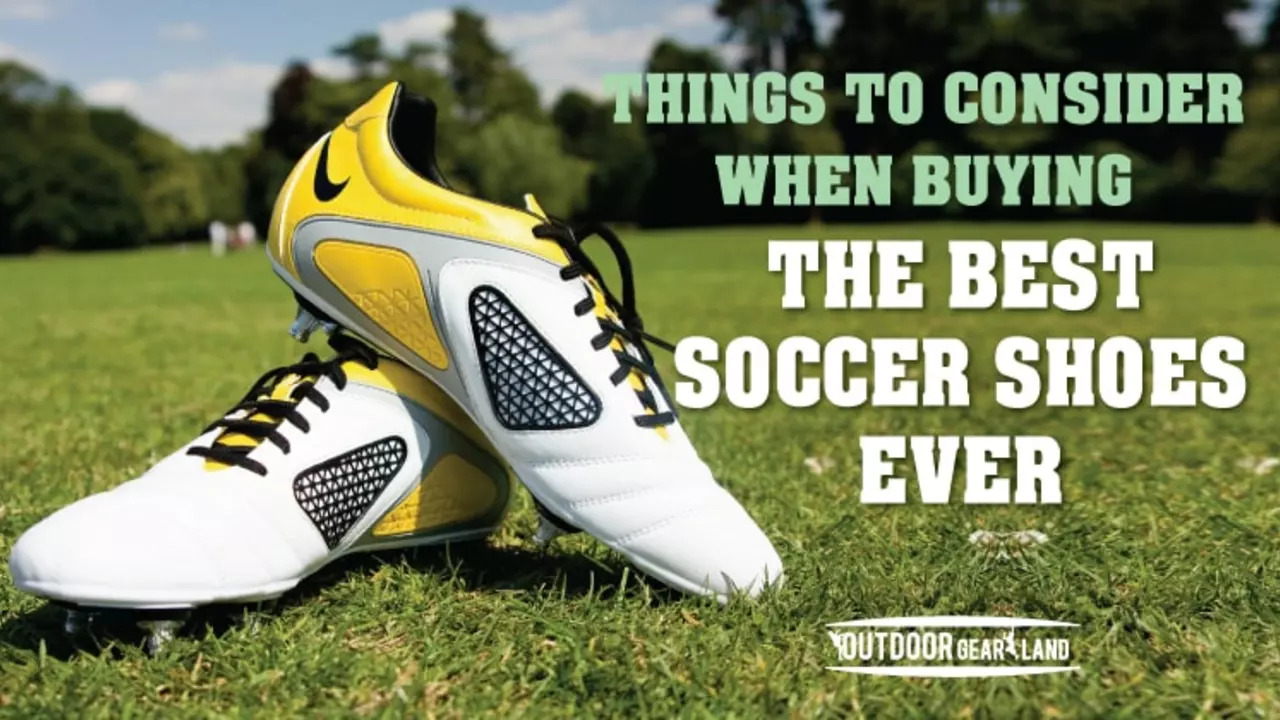How Shoe Costs Influence Soccer Players and Clubs
Ever wonder why your favourite striker sometimes seems to slip on the pitch? One hidden factor is the cost of their boots. Expensive cleats promise better grip and lighter weight, but they also strain a club’s budget and a fan’s wallet. Understanding the real impact helps you make smarter choices, whether you’re a player, a club manager, or a supporter buying gear.
What the Price Tag Says About Quality
High‑end soccer shoes often use premium leather, carbon‑fiber plates, and specialised studs. Those materials can improve acceleration and control, especially on wet surfaces. However, the performance gain isn’t always proportional to the price. A well‑designed mid‑range boot can deliver 80‑90% of the benefits at a fraction of the cost. For younger players, the extra grip of a $250 pair rarely outweighs the risk of outgrowing them in a season.
Clubs like those in the lower tiers of the English leagues face tight wage bills. When they spend big on boots, they risk cutting back on medical staff or training equipment. Some smart clubs negotiate bulk deals with manufacturers, securing quality shoes at wholesale rates. This approach keeps players equipped without blowing the financial ceiling.
How Shoe Costs Affect Fans and the Market
Fans often mimic the boots of their idols, driving sales of premium models. When a star signs a deal with a brand, the price of that model can sky‑rocket. This hype can push casual buyers into overpaying for a pair they’ll only wear a few times. A practical tip: wait for end‑of‑season sales or look for certified second‑hand options. You’ll still get the authentic design without the sticker shock.
Another hidden cost is maintenance. Leather boots need cleaning and conditioning to stay durable. Neglecting care shortens their life, leading to more frequent replacements and higher long‑term expenses. A simple routine of wiping off mud and applying a conditioner once a month can extend the life of a $150 pair by months, saving both money and waste.
From a club’s perspective, standardising boot brands across the squad simplifies inventory and can negotiate better pricing. It also creates a unified visual identity on the pitch, which fans appreciate. Some clubs even provide a “boot budget” for each player, letting them pick within a set range. This balances personal preference with financial control.
In short, the price of soccer shoes matters, but it’s not the only factor. Look beyond the brand name and focus on fit, durability, and how often you’ll actually use the boots. Whether you’re a player aiming for peak performance, a club manager juggling expenses, or a fan hunting a good deal, a thoughtful approach to shoe costs can keep the game affordable and enjoyable for everyone.

Do expensive soccer shoes make a difference?
In my exploration of whether pricey soccer shoes make a significant difference, the verdict is a mix. While they certainly offer advanced technology, superior materials, and better comfort, they don't necessarily improve a player's skills. It's crucial to remember that the player's talent and training are the most significant factors in their performance. However, those who can afford it may find the added comfort and durability of high-end soccer shoes to be worth the extra cost. Regardless, it's key to try on different types and choose the best fit for your foot.
Read more